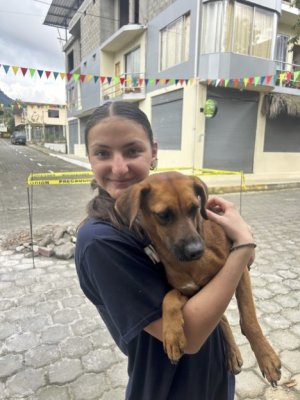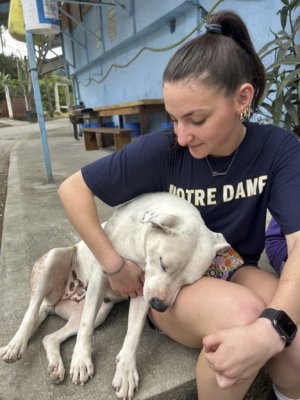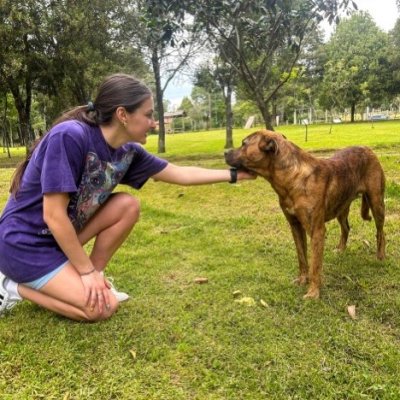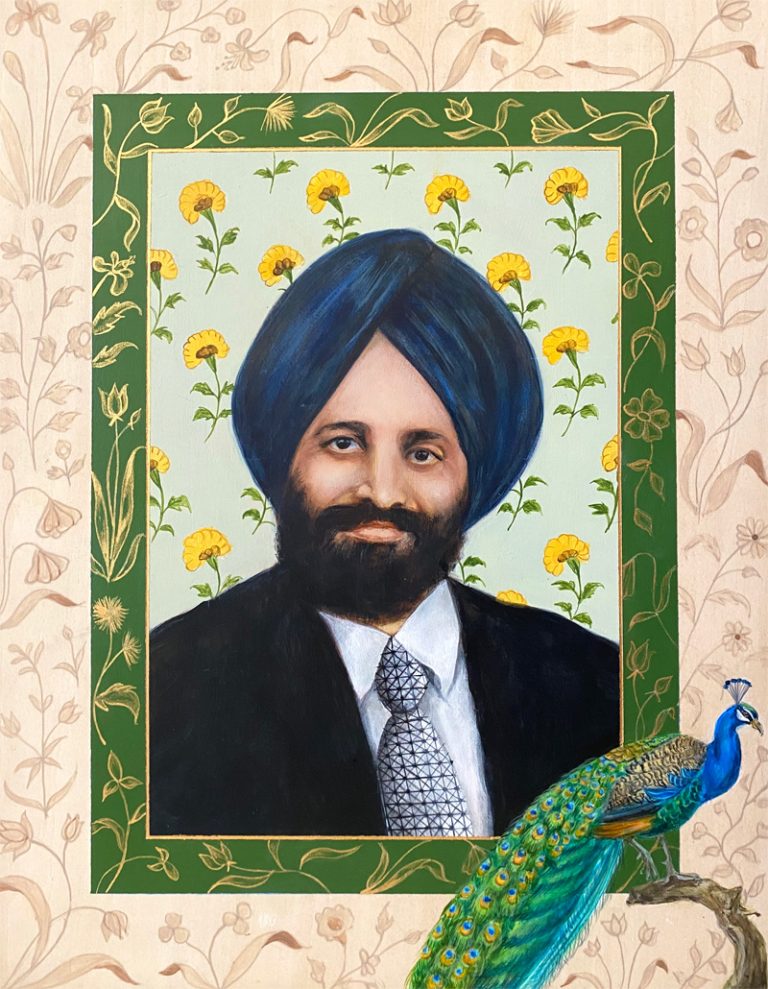It’s a cultural norm that contrasts sharply with what I’m used to in the U.S., where I’ve always been able to pick up strays, care for them, and help find them homes. Here, the sheer number of homeless dogs makes that kind of individual intervention almost impossible. And while many Ecuadorians are kind and do what they can, the systemic support just isn’t in place, there aren’t enough shelters, and spay/neuter efforts are limited in many areas.
It’s a harsh reality, and one that’s difficult to witness up close. These dogs are everywhere; sleeping under benches, following people in hopes of food, trying to survive another day. It’s a part of Ecuador that often goes unnoticed by tourists, but one that has left a lasting impression on me. I only wish more could be done to help them because they all deserve a chance at a better life.







